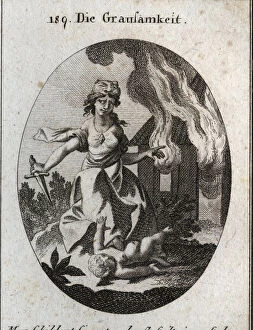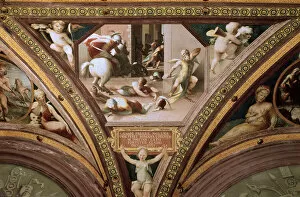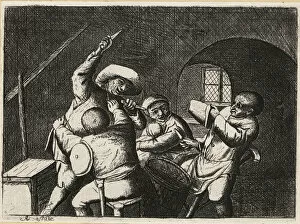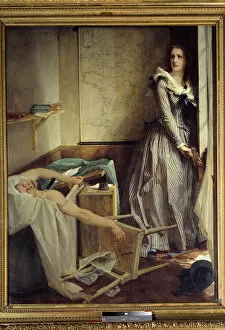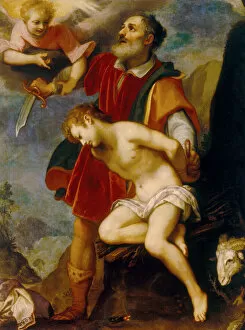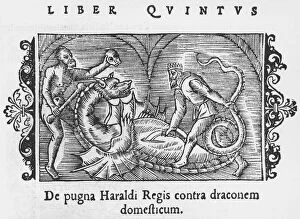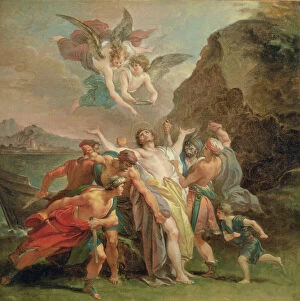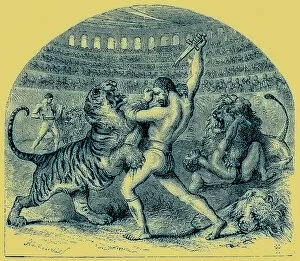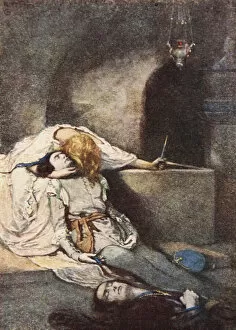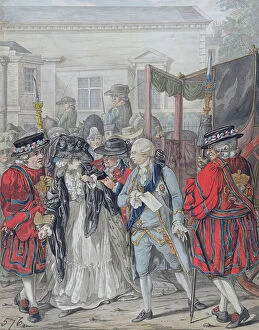Dagger Collection (#9)
"Dagger: A Symbol of Power, Betrayal, and Romance" From Lawrence of Arabia's iconic dagger to Lady Macbeth's haunting soliloquy about daggers
For sale as Licensed Images
Choose your image, Select your licence and Download the media
"Dagger: A Symbol of Power, Betrayal, and Romance" From Lawrence of Arabia's iconic dagger to Lady Macbeth's haunting soliloquy about daggers, this weapon has left an indelible mark on history and literature. Clan Macpherson proudly displays their ancestral daggers as a testament to their heritage and bravery. Just like Romeo declaring his love for Juliet from beneath her balcony, the dagger represents passion and sacrifice in the name of love. Intriguingly, there are two famous daggers that captivate our imagination – one with a blade of gold symbolizing wealth and opulence while the other crafted from iron embodies strength and resilience. Anny Ondra's thrilling performance in Alfred Hitchcock's "Blackmail" showcases how a simple they are evoke fear and suspense. Venturing into uncharted depths, deep-sea divers wield daggers as tools to navigate treacherous waters with precision. Meanwhile, gladiators donning elaborate costumes brandish their deadly blades in epic battles that capture our fascination. Even cartoons have immortalized the dagger; Cinque-Tetes or the Paris Monster depicts France's ruling Directory demanding money at daggers point during the XYZ Affair in 1798. The Royal Treasure boasts exquisite swords adorned with gold, silver, lapis lazuli, and obsidian – each telling its own story throughout history. Traveling back to ancient times during the Bronze Age when civilizations flourished, warriors relied on these sharp weapons for protection. On Flag Day in 1916 Lemon Street Truro Cornwall witnessed a poignant moment between a lady and soldier where patriotism was displayed alongside a symbolic dagger. Whether it signifies power dynamics or serves as an instrument of betrayal or romance -the dagger continues to hold sway over our collective imagination across cultures and centuries.

